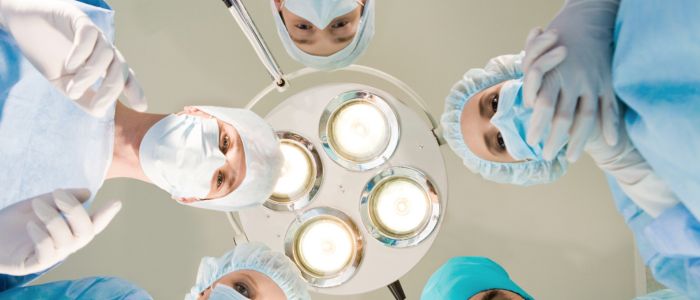Breast enhancement through mammoplasty is transformative, but like all things in life, it evolves with time. The interplay between natural aging, gravity, and external factors doesn’t halt after surgery. Instead, these elements continuously shape how augmented or lifted breasts appear. This isn’t a flaw; it’s life — and understanding this dynamic can help patients embrace their evolving beauty.
Book a Consultation on Breast Augmentation with Board-Certified Plastic Surgeon Dr. Zykov
The Clock’s Quiet Influence: How Breasts Change Over Time
Aging isn’t a battle; it’s a collaboration between biology and the choices we make. For breasts, it means:
- Collagen Fades, Skin Follows: The skin becomes thinner and less elastic, causing a gradual descent.
- Volume Fluctuations: Hormones ebb and flow, especially during menopause, leading to tissue loss or redistribution.
- Gravity’s Unyielding Pull: The downward tug is inevitable, affecting both natural and enhanced breasts.
For those with implants, these shifts can mean changes in positioning or contour. The good news? Modern techniques embrace these realities, ensuring results that adapt gracefully over time.
Surgical Strategies for Aging Elegance
1. Submuscular Placement: The Hidden Anchor
Placing implants beneath the muscle acts as a stabilizer. As the skin thins with age, this technique keeps edges soft and subtle, maintaining a natural contour.
2. Fat Grafting: The Art of Softness
Fat grafting, often overlooked, is a secret weapon. Harvested from your own body, it adds volume where needed while blending seamlessly with existing tissues. It’s ideal for those seeking understated rejuvenation.
3. The Lift + Augmentation Combo
A breast lift paired with implants offers a one-two punch: restoring height and fullness. It’s the go-to solution for those contending with significant sagging or volume loss.
4. The Wisdom of Proportion
Large implants may seem enticing, but they can exaggerate aging effects. Surgeons with foresight recommend sizes that flatter not just now, but in the years to come.
Shaping Expectations: A Realistic Lens on Aging
Your breasts will age — surgery doesn’t freeze time. Understanding this is crucial for long-term happiness. Here’s why:
- Surgery as a Starting Point: It sets the stage but doesn’t halt natural processes.
- The Journey Matters: Your breasts at 40 won’t look the same at 60, but that doesn’t mean they won’t remain beautiful.
Dialogue is Everything
A meaningful conversation with your surgeon can make all the difference. Discuss:
- Your aesthetic goals: Subtle refresh or dramatic change?
- Life factors: Pregnancy, weight changes, or hormonal shifts in the future.
- Longevity plans: Implant replacements or revisions down the line.
Caring for Your Results: The Patient’s Role
Beautiful results don’t happen in isolation. After breast augmentation, your actions play a big role:
- Wear the Right Support: A high-quality bra is an unsung hero for longevity.
- Stay Active, Stay Stable: Weight fluctuations stretch tissues unnecessarily.
- Shield Your Skin: Sun damage accelerates sagging—don’t skip sunscreen.
- Check In Regularly: Implants aren’t “set and forget.” Routine exams ensure everything stays in top shape.
The Balance Between Aging and Aesthetics
Mammoplasty isn’t about resisting time — it’s about harmonizing with it. A skilled surgeon understands this dance, designing results that are not just beautiful today but adaptable tomorrow. Aging gracefully doesn’t mean sacrificing confidence; it means embracing the changes while celebrating the choices that helped shape them.
If you’re considering breast augmentation or revisiting a past procedure, start with a consultation. With the right guidance, your results can remain timeless, evolving alongside you.


